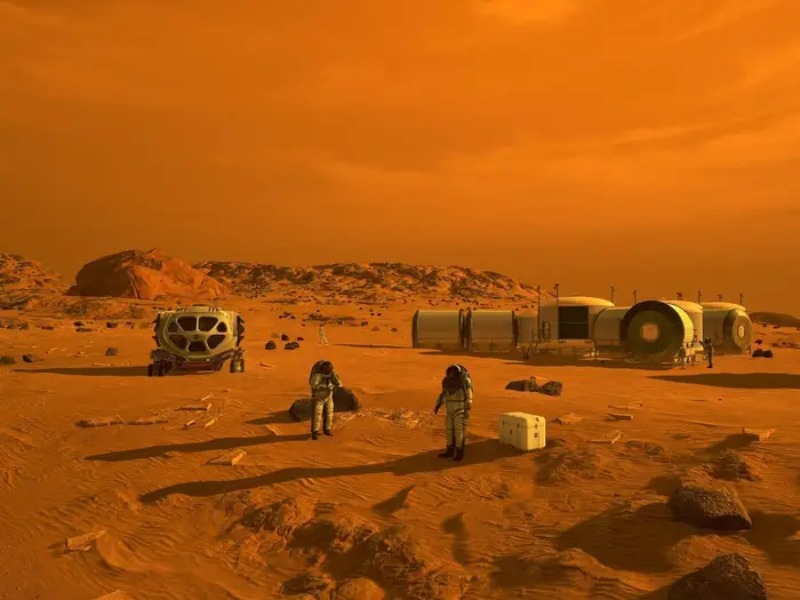Ever pondered what it might be like to inhabit Mars? NASA has created a simulation that allows you to experience life on the Red Planet. To assist them become ready for human exploration of the planet, the space agency is searching for volunteers to spend a whole year living in a mock version of Mars.
NASA has revealed that this is the second of three missions in which four volunteers will reside in a 1,700-square-foot Mars simulation. The missions, known as CHAPEA, or Crew Health and Performance Exploration Analog, are conducted at NASA’s Johnson Space Center in Houston, Texas, in a 3D-printed Mars habitat.
The Mars Dune Alpha simulation mimics a future Mars colony with distinct sections for living and working. Each volunteer has four living quarters, along with a workspace, a medical station, leisure rooms, a galley, and stations for growing food.
There will be scarce resources, much like life on real Mars. In the simulation, volunteers will have to tend to the habitat, cultivate crops, operate robotics, and go on simulated space walks. They will encounter the standard environmental stresses of the planet along with equipment malfunctions and communication delays.
Applications for the ground mission are being accepted until April 2, 2025, with the mission starting in the spring. A “motivated” citizen or permanent resident of the United States between the ages of 30 and 55 is required to be eligible.
You have to be a nonsmoker and speak English. “Applicants should have a strong desire for unique, rewarding adventures and interest in contributing to NASA’s work to prepare for the first human journey to Mars,” according to NASA.
Along with a master’s degree in engineering, math, biology, or another science and professional experience, applicants must also have at least two years of doctoral work in these fields or have completed a test pilot program.
Alternatively, you can be eligible if you have 1,000 hours of piloting experience. Additionally, you can be eligible if you have four years of professional experience, a bachelor’s degree in a STEM discipline, or military service.
It is possible to pay volunteers for their services.
NASA is still utilizing the first CHAPEA mission to learn about performance and health during Mars expeditions.
The first woman, person of color, and international partner astronaut to land on the moon will someday be sent there by a mission akin to Artemis, which is designed to gather information about the moon.
NASA has launched rovers to investigate Mars’ surface and many devices to fly by the planet. However, humans have never set foot on Mars, where sols, or 24.6-hour days, are unique to robots. On Mars, a year consists of 669.6 sols.
The red sky is hazy and dusty due to the presence of argon, nitrogen, and carbon dioxide gases in its atmosphere. The mercury can drop as low as -225 degrees Fahrenheit or rise to 70 degrees Fahrenheit.
